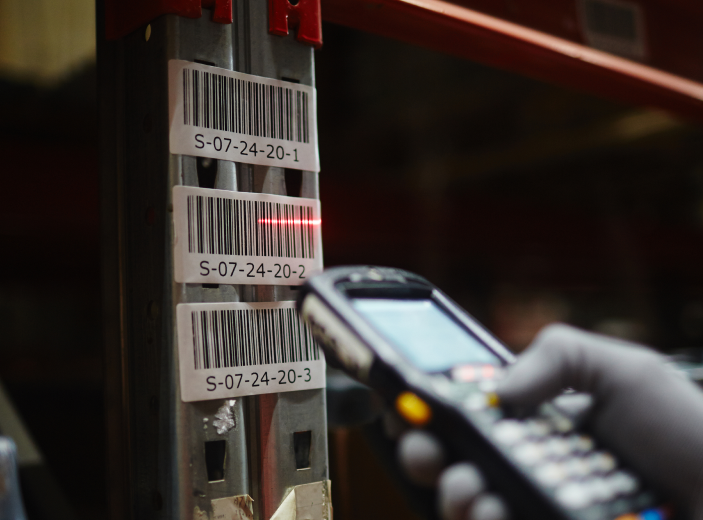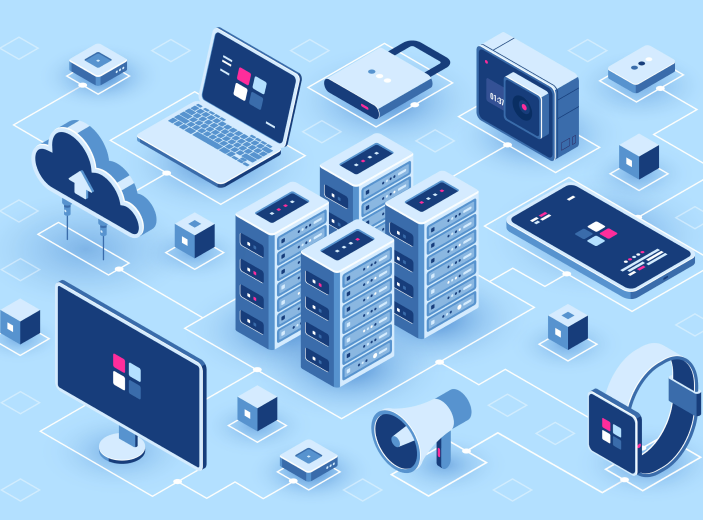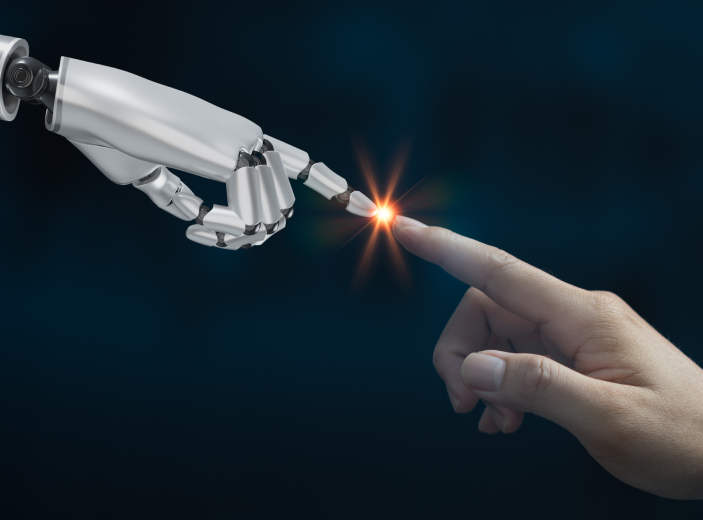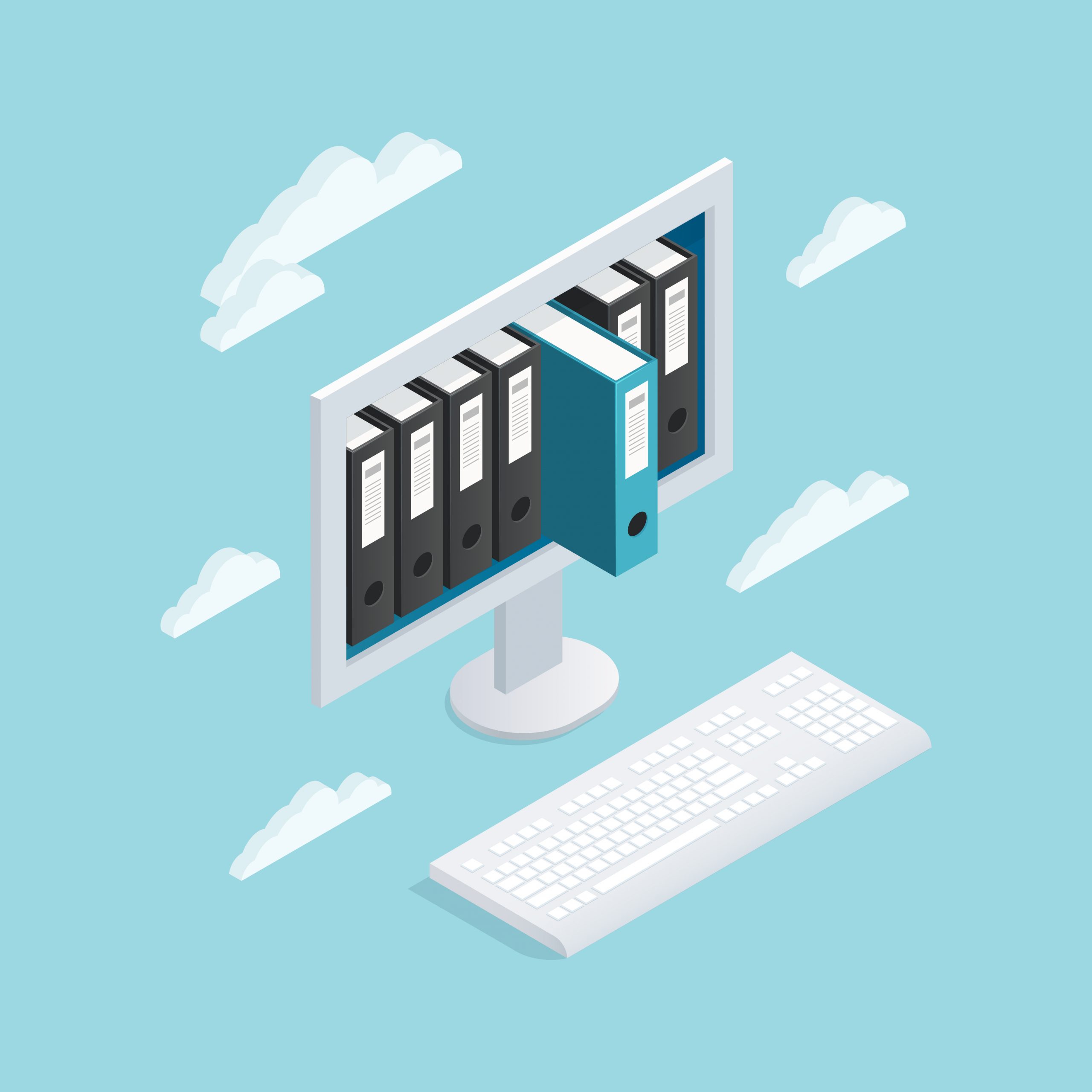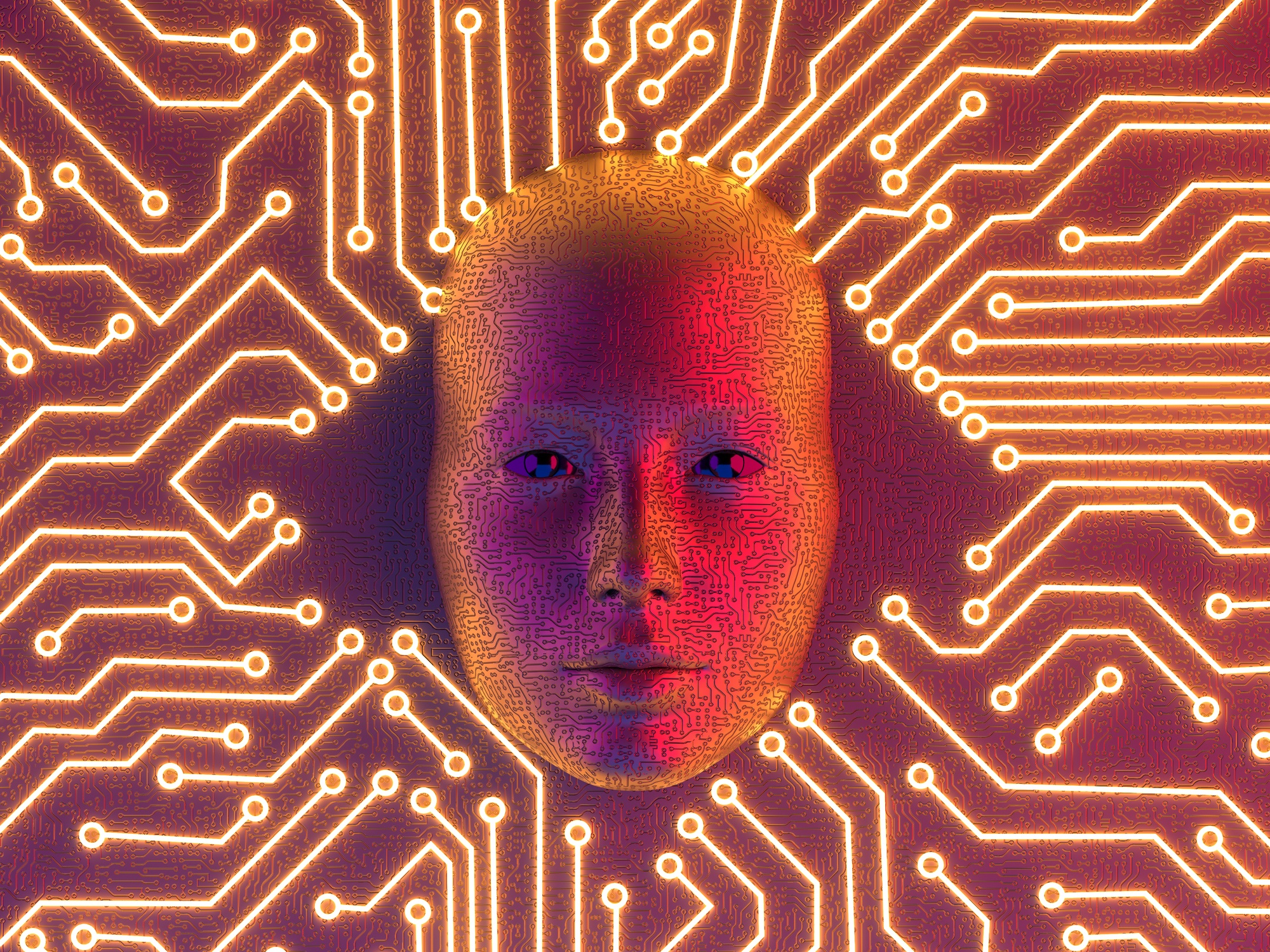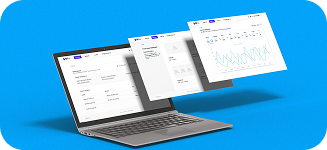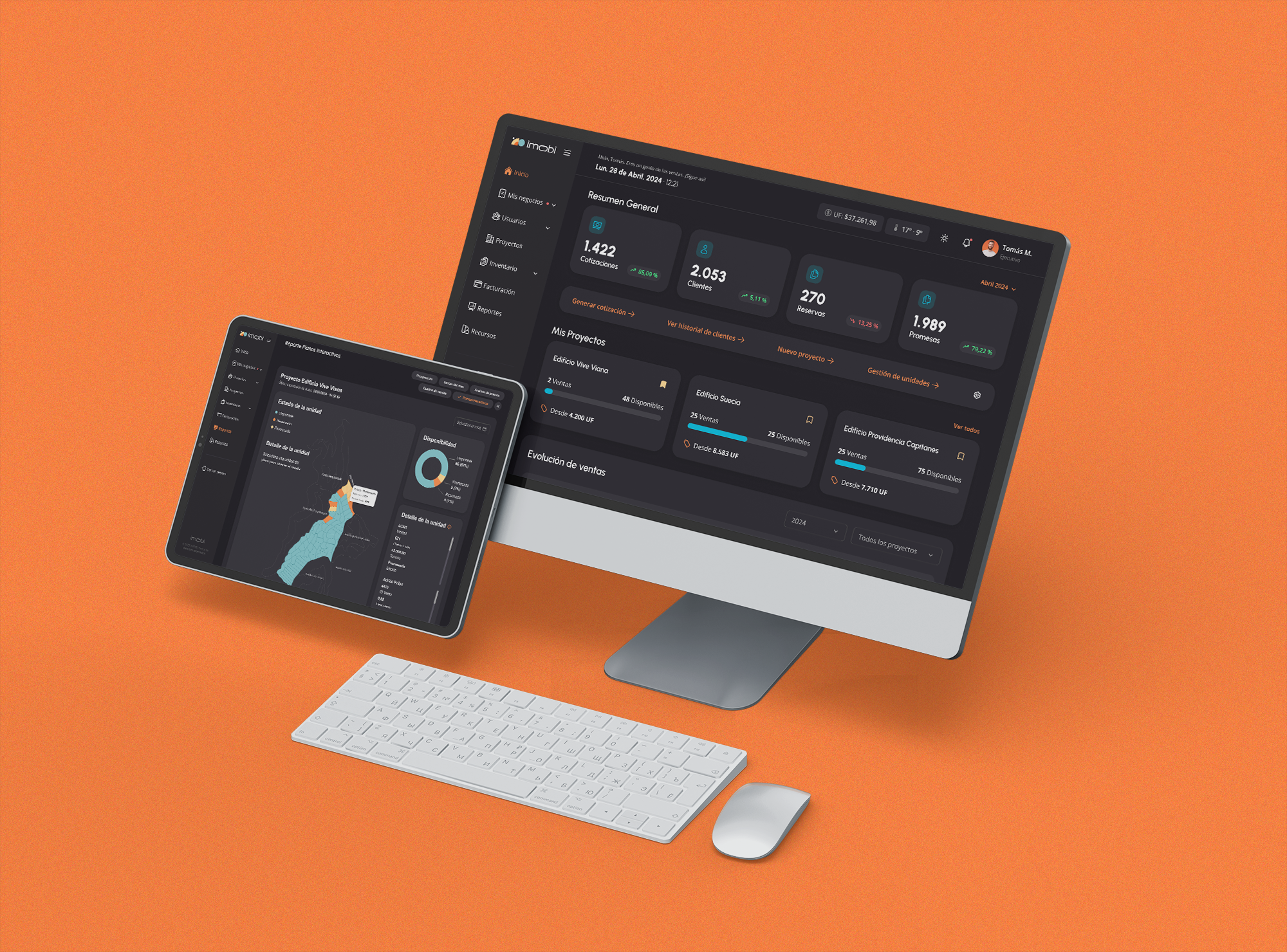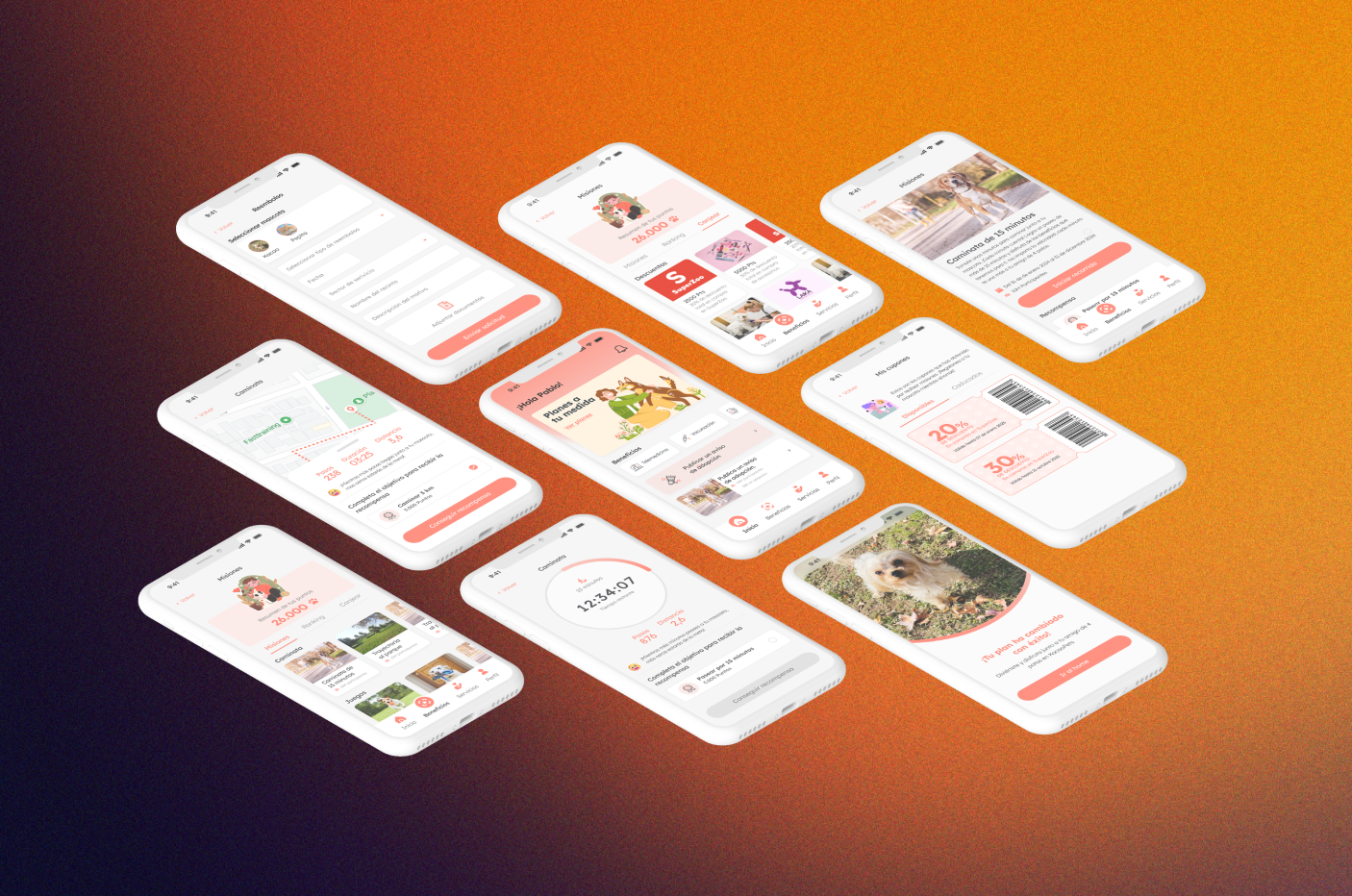Share this article
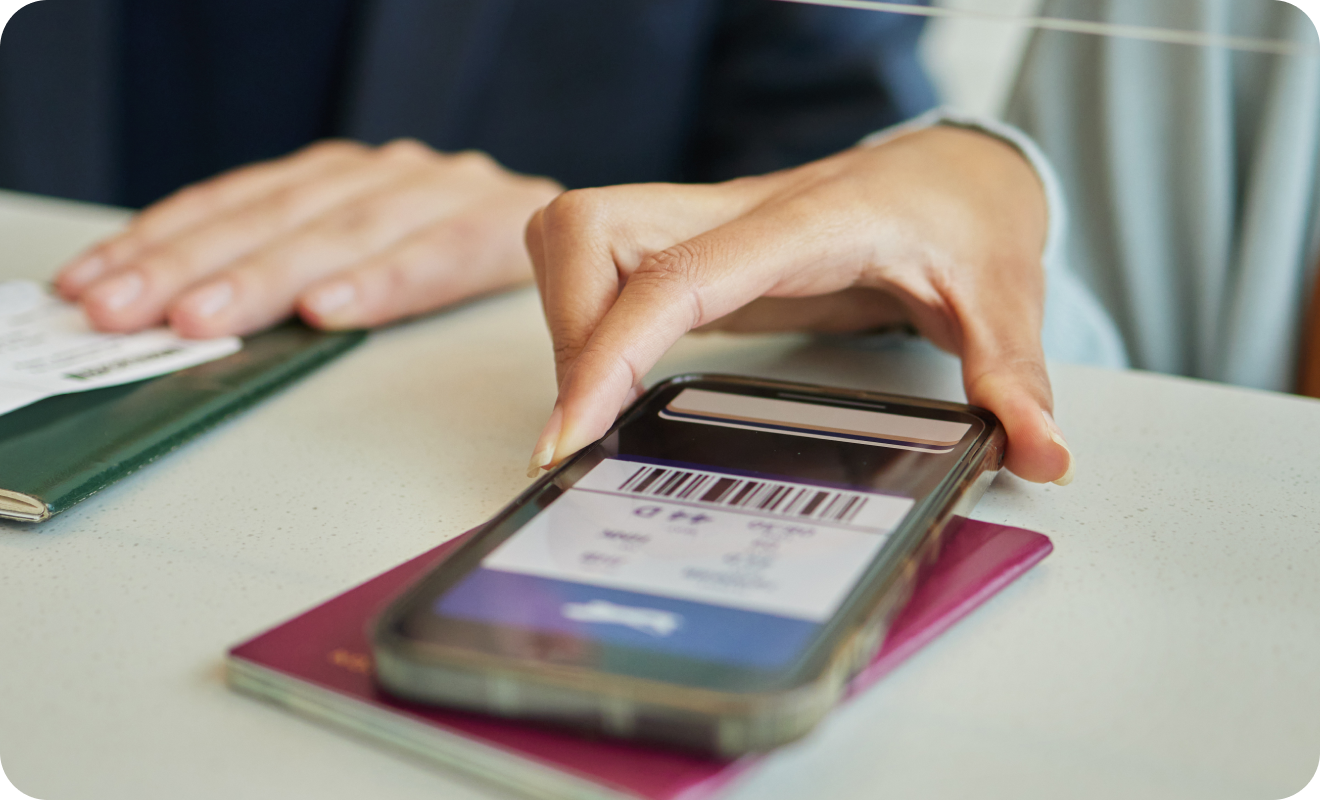
Today, it remains essential in an increasingly digital and connected world.
From its humble beginnings in a supermarket in Ohio to becoming a ubiquitous tool in every business transaction in the world, the barcode has recently celebrated 50 years of making our lives easier. This seemingly simple but incredibly powerful computer system has changed the way we buy, sell and manage products.
The milestone that marked the beginning of this technological revolution occurred on June 26, 1974, when a price scanner at a Marsh supermarket in Troy, Ohio, read the Universal Product Code (UPC) on a package of Wrigley’s gum for the first time. This innovation, developed jointly by Spectra Physics, NCR and a group called the ‘Grocery Industry Ad Hoc Committee’, radically transformed the retail landscape by providing an efficient way to identify and track products.
The barcode concept was conceived decades earlier by engineers Bernard ‘Bob’ Silver and Joseph Woodland, who patented it in 1952. However, its practical implementation was only possible with the advent of technologies such as lasers and minicomputers.
What makes the barcode so powerful?
Its simplicity and its ability to store vital product information in a small space. It consists of a series of parallel black lines of different widths on a white background, representing sequences of characters. These lines are scanned by electronic devices, such as laser readers, which decode the information and instantly deliver it to the computer system.
The impact of bar coding extends to virtually every aspect of our daily lives. From food and medicines to automotive parts and library books, barcodes are used to control, identify and track a wide range of products and services in various sectors of the economy. They have revolutionized logistics, simplified inventory management and increased efficiency in industrial manufacturing.
Even in the digital age, the barcode is still relevant. Companies like ManageEngine offer IT asset management solutions that leverage this technology to streamline processes and track assets efficiently. In addition, new innovations, such as the use of QR codes instead of physical labels on parcel shipments, are taking this technology a step further towards sustainability.
In short, the bar code has been one of the most important innovations in the history of commerce. Since its introduction in 1974, it has been instrumental in improving efficiency, reducing errors and making life easier for consumers and businesses alike. As we celebrate its first 50 years, it is clear that the barcode will continue to play a crucial role in our increasingly connected and digitized world.
